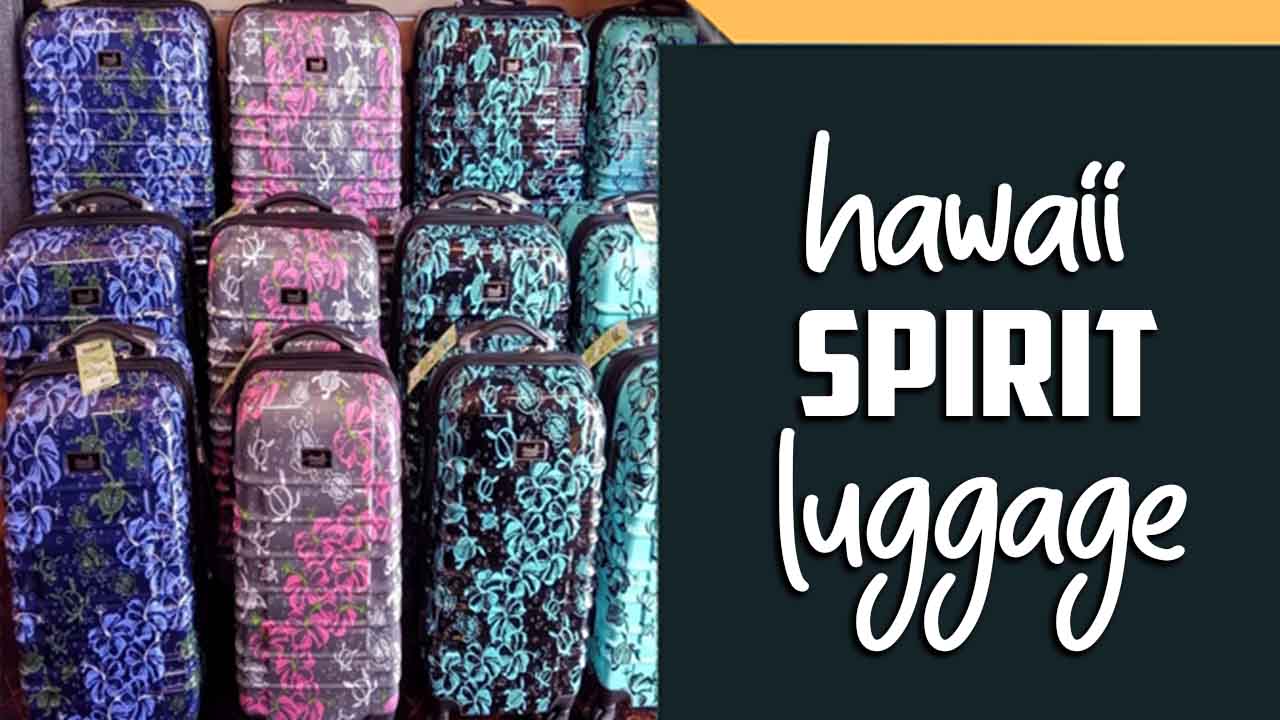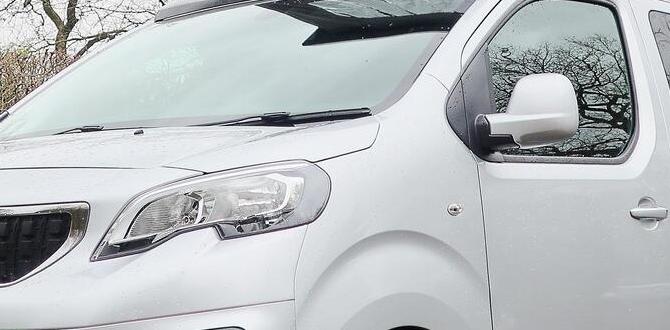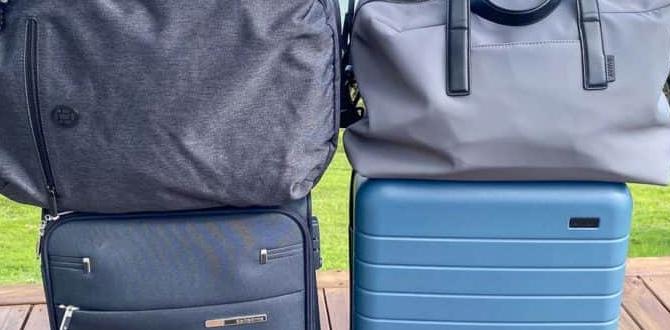Australia Cost breakdown: A realistic daily budget averages around AUD $150-$250 per person, depending on travel style and location. This guide breaks down daily expenses for accommodation, food, transport, and activities to help you plan affordably.
Planning a trip Down Under can feel like a big puzzle, especially when it comes to figuring out the costs. Many travelers worry about how much they’ll need each day to enjoy Australia without breaking the bank. It’s a common concern, and honestly, there isn’t a single magic number that fits everyone.
But don’t let that stress you out! I’m here to simplify it for you. Think of me as your travel buddy who’s already done the research. We’ll walk through a realistic daily budget breakdown, looking at everything from where you sleep to what you eat and how you get around. By the end, you’ll have a clear picture of what to expect and how to manage your money wisely, making your Australian adventure a joy from start to finish.
Understanding Australia’s Cost Landscape
Australia is a vast country with diverse living costs. Major cities like Sydney and Melbourne tend to be more expensive than smaller towns or remote outback areas. Exchange rates also play a big role, so understanding what your home currency is worth in Australian Dollars (AUD) is your first step.
The good news is that Australia offers a wide range of options to suit various budgets. Whether you’re a backpacker looking for hostels, a family seeking comfortable apartments, or a solo traveler wanting a bit more privacy, there are choices. Similarly, food can range from cheap and cheerful market eats to fine dining experiences. Transportation also varies, with options like buses, trains, flights, and car rentals.
Key factors influencing your daily budget include:
- Location: City vs. rural, popular tourist spots vs. off-the-beaten-path.
- Accommodation Type: Hostel, budget hotel, mid-range hotel, luxury hotel, Airbnb.
- Dining Habits: Eating out every meal, cooking some meals, opting for fast food vs. restaurants.
- Activities: Free walking tours vs. expensive guided tours, national park entries, theme parks.
- Transportation: Public transport, ride-sharing, car rental, domestic flights.
- Travel Style: Budget backpacker, mid-range comfort seeker, or luxury traveler.
Your Proven Daily Budget Breakdown (Per Person)
This breakdown offers a realistic range for a mid-range traveler. You can adjust these figures up or down based on your personal preferences and booking strategies.
Accommodation Estimates
Where you rest your head is often one of the biggest daily expenses. Australia offers a spectrum of options.
- Hostels (Dorm Bed): AUD $35 – $60. Great for solo travelers and meeting people. Many offer kitchen facilities, which can save money on food.
- Budget Hotels/Motels: AUD $100 – $180 (for a double room, so effectively $50 – $90 per person if sharing). Basic but comfortable.
- Mid-Range Hotels: AUD $180 – $300 (for a double room, so $90 – $150 per person if sharing). More amenities, better locations.
- Airbnb (Private Room/Entire Place): Varies widely, but a private room can be AUD $70 – $130, and an entire small apartment AUD $150 – $250+. Look for places with kitchen access.
Pro-Tip: Booking in advance, especially during peak season, can secure better rates. Consider places slightly outside the city center if you don’t mind using public transport.
Food and Drink Expenses
Eating and drinking can be managed in various ways to control costs.
- Groceries & Cooking: AUD $25 – $40 per day. Shopping at supermarkets like Coles, Woolworths, or Aldi is the most budget-friendly. This includes breakfast, lunch, and dinner ingredients, plus snacks. Coffee from home can also be a daily saving!
- Cafes & Casual Dining: AUD $50 – $80 per day. This covers a coffee and pastry, a sandwich or salad for lunch, and a casual dinner (like a pub meal or takeaway).
- Eating Out (Mid-Range Restaurants): AUD $80 – $150+ per day. If you plan to dine at restaurants for most meals, including drinks, this is a reasonable estimate.
Australia has a vibrant food scene. Don’t miss out on trying local specialties like meat pies, fresh seafood, and diverse international cuisine. For those managing personal care needs, carrying adult diapers can reduce stress in finding accessible restrooms when you’re out exploring and enjoying meals.
Transportation Costs
Getting around Australia can be efficient, but costs add up.
- Public Transport (Cities): AUD $10 – $25 per day. This includes buses, trains, and ferries in major cities. Most cities use tap-and-go payment systems with daily caps.
- Car Rental: AUD $50 – $100 per day (plus fuel). Renting a car offers flexibility, especially for day trips or exploring regional areas. Fuel costs can add $20 – $50+ per day depending on your driving.
- Ride-Sharing (Uber/DiDi): Varies greatly by usage. A few short trips might add $15 – $30, while longer journeys or airport transfers can cost $50+.
- Domestic Flights: These are inter-city costs, not daily, but budget airlines like Jetstar and Virgin Australia can offer affordable fares if booked in advance.
Tip: For families traveling with young children, ensure you factor in the cost and logistics of car seats or hiring vehicles that can accommodate them.
Activities and Sightseeing
Australia is packed with amazing things to see and do.
- Free Activities: AUD $0 – $10. Many stunning beaches, national parks (some with entry fees), scenic walks, and city exploration are free. A coffee or ice cream might be your only spend.
- Museums & Galleries: AUD $20 – $40. Entry fees vary; some offer free general admission but charge for special exhibitions.
- Guided Tours/Day Trips: AUD $100 – $300+. This category is highly variable. A popular wine region tour, a Great Barrier Reef snorkeling trip, or a guided trek can be significant expenses.
- National Park Fees: AUD $10 – $30 per vehicle or per person. Some parks, like those in NSW or Victoria, have daily entry fees managed by parks authorities such as National Parks and Wildlife Service NSW.
Example Daily Budget Scenarios
Let’s put it together with a few real-world examples for a single traveler. Remember these are estimates and can be adjusted!
Budget Backpacker
- Accommodation: Hostel dorm bed – $45
- Food: Groceries & cooking – $30
- Transport: Public transport – $15
- Activities: Free sights, one affordable attraction – $20
- Miscellaneous: Coffee, snacks – $10
- Total: AUD $120 per day
Mid-Range Traveler
- Accommodation: Budget hotel or Airbnb private room (sharing costs if applicable) – $100
- Food: Mix of cafes and one mid-range meal – $70
- Transport: Public transport & occasional ride-share – $25
- Activities: Entrance fees, perhaps a half-day tour – $60
- Miscellaneous: Souvenirs, coffee – $20
- Total: AUD $275 per day
Comfort Traveler (Sharing Costs)
This assumes two people sharing a mid-range hotel room and splitting some costs.
- Accommodation: Mid-range hotel split in half – $80 per person
- Food: Mostly restaurants, some cafes – $120 per person
- Transport: Car rental split in half (fuel included) – $50 per person
- Activities: Major tours, attractions – $100 per person
- Miscellaneous: Drinks, souvenirs – $30 per person
- Total: AUD $380+ per person per day
Table: Average Daily Cost Per Person (Estimates)
| Category | Budget Backpacker (AUD) | Mid-Range Traveler (AUD) |
|---|---|---|
| Accommodation | $35 – $60 | $70 – $150 (per person if sharing) |
| Food & Drink | $25 – $40 | $50 – $80 |
| Local Transport | $10 – $20 | $20 – $40 |
| Activities/Sightseeing | $15 – $30 | $40 – $80 |
| Miscellaneous/Buffer | $10 – $20 | $20 – $40 |
| Total Estimated Daily Cost | $95 – $170 | $200 – $390 |
Note: The “Mid-Range Traveler” column doubles as a rough guide per person if traveling solo in mid-range options, or half the accommodation cost if sharing. The “Total Estimated Daily Cost” for Mid-Range assumes solo travel or a higher spend per person if splitting costs.
How to Save Money in Australia
Saving money doesn’t mean you have to miss out on experiences. Here are some proven tips:
- Utilize Public Transport: Invest in a travel card for daily or weekly use in cities. It’s often cheaper than multiple single tickets or ride-shares.
- Cook Your Own Meals: Stay in accommodations with kitchen facilities (hostels, many Airbnbs, or self-contained apartments). Even making breakfast and packing lunch can save a significant amount.
- Happy Hour & Deals: Many pubs and restaurants have lunch specials or happy hour deals that can make dining out more affordable.
- Free Activities: Take advantage of Australia’s stunning natural beauty. Enjoy beaches, hikes, parks, and free city walking tours. Visit Queensland National Parks or similar state-managed park systems for free entry to many natural wonders.
- Travel in the Shoulder Season: Avoid peak summer holidays (December-February) and school breaks if possible. Prices for flights and accommodation are often lower in spring (September-November) and autumn (March-May).
- Look for Accommodation with Amenities: Free Wi-Fi, laundry facilities, and kitchen access in hostels or budget hotels can save you money over your trip.
- Book in Advance: Flights and popular tours should be booked well ahead, especially if you’re traveling during busy periods. Early bird discounts can be substantial.
- Student/Senior Discounts: If you qualify, always ask if discounts are available for attractions, transport, and some accommodations.
Budgeting for Families and Specific Needs
Traveling with children or individuals requiring personal care items adds another layer to budgeting, but it’s manageable.
Family Travel
- Accommodation: Look for family rooms, serviced apartments, or Airbnbs with extra space and kitchen facilities. This is crucial for preparing meals and managing children’s routines.
- Food: Self-catering is your best friend. Packing snacks and drinks for outings will prevent impulse buys and cater to picky eaters. Many supermarkets offer ‘kids eat free’ deals at certain times.
- Activities: Balance paid attractions with free parks, playgrounds, and beaches. Many zoos and wildlife parks offer family passes.
- Transport: Car rental might be more cost-effective for families than multiple public transport tickets, especially for day trips. Ensure you book car seats in advance if needed.
Traveling with Personal Care Needs
For adults or children who require products like child diapers or adult incontinence products, planning ahead is key to comfort and stress-free travel.
- Pack Sufficient Supplies: Especially for the first few days or if traveling to remote areas where availability might be limited.
- Research Availability: If you run out, knowing which major supermarkets or pharmacies stock your preferred brands can save time and worry.
- Discretion and Comfort: Consider how discreetly you can store and dispose of items. Travel-sized disposal bags can be useful.
- Budget for Products: While not a daily expense, the cost of these essential items should be factored into your overall travel budget.
Having these essentials readily available allows everyone to enjoy their trip without added anxiety. It’s about ensuring comfort and dignity so the focus remains on the adventure.
Frequently Asked Questions (FAQs)
What is the average daily cost to travel Australia?
The average daily cost for a mid-range traveler in Australia typically falls between AUD $150 and $250 per person. This can be significantly lower for budget backpackers (around $100-$150) or higher for those seeking luxury. Costs vary based on city, accommodation, dining, and activity choices.
Is Australia an expensive country to visit?
Yes, Australia is generally considered an expensive destination, particularly when compared to parts of Southeast Asia or South America. However, with careful budgeting and smart choices, it is an achievable destination for many.
How much should I budget for food in Australia per day?
For food per day, budget AUD $25-$40 if you plan to cook most meals from supermarket groceries. If you opt for cafes and casual dining, budget $50-$80. For mid-range restaurant dining, expect to spend $80-$150+ per day.
What is the most expensive city in Australia?
Sydney is generally considered the most expensive city in Australia. Melbourne also ranks highly for cost of living and travel expenses, followed by cities like Canberra and Perth.
How can I travel Australia on a budget?
To travel Australia on a budget, focus on staying in hostels, cooking your own meals, utilizing free activities like beaches and national parks, and using public transport. Booking flights and accommodation in advance also helps reduce costs.
Is it cheaper to travel Australia alone or with a partner?
It’s generally cheaper to travel Australia with a partner or in a group, especially regarding accommodation. Sharing a hotel room or Airbnb can significantly reduce the per-person cost compared to solo travel. However, individual spending on food and activities might be similar.
Do I need to budget for visas or travel insurance?
Yes, absolutely. Visa costs (if applicable to your nationality) and travel insurance are essential pre-trip expenses that are not part of your daily budget, but are crucial for a smooth trip. Always factor these in.
Conclusion
Planning your travel budget for Australia might seem daunting, but with a clear breakdown of potential daily expenses, it becomes much more manageable. Remember that the AUD $150-$250 per person daily average is a guideline for those seeking a comfortable, mid-range experience. By actively choosing accommodation that suits your style, being smart about your food choices (utilizing those supermarket deals!), and leveraging Australia’s wealth of free or low-cost activities, you can tailor your spending to fit your budget.
Whether you’re a solo adventurer packing light, a family navigating with kids, or an individual with specific personal care needs like adult or child diapers requiring careful planning, remember that preparation is key. Researching options, booking in advance, and staying flexible can unlock great savings. Australia is an incredible destination, and with a well-researched budget, your journey can be filled with amazing experiences without the financial stress.







